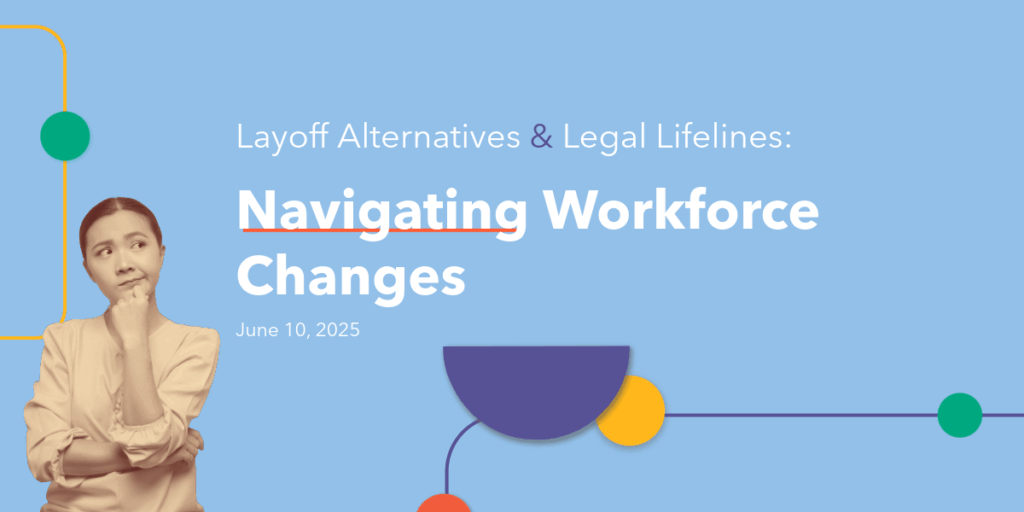Onboarding employees is an important first step to a successful workforce. How do you do it successfully? We’ve written up a guide that comes from the Onboarding Employees Successfully event held last month.
How do small businesses onboard new staff successfully? On March 22, Business Sherpa Group’ Jacqueline Cregan, Senior HR Business Partner, and Marketing Coordinator Ward Verschaeve walked us through just how to go about it.
The virtual event was designed for businesses looking to improve the chances of success with new employees
Onboarding Employees
Often perceived as the same thing, our experts encourage businesses to think on orientation and onboarding as two separate events, with the former being an event and the other being a process.
Orientation is often just before the first week, or within the first week itself. Think of it as a technical rehearsal, where the new hire or hires, are taught processes, provided documents, and given resources they’ll need during the onboarding experience. Most of the communication is one way, coming from the organization, as there is not really any substantive issue that would require lengthy Q&A. The result of orientation day/week? We’re ready to onboard.
Onboarding comes next, and occurs over time as it is more of a process that takes weeks to months, to complete. This is usually specific to the person and the role, and it helps them use the tools they were given during orientation to do their job well, and to bring their angle to the work they do. Being as this time period is defined more by the employee going out and trying things for themselves, communication is two-way, often with the new hire asking questions as they go. The result of the onboarding? The employee is now able to contribute.
Your Onboarding Experience
When creating your onboarding experience, our HR experts (who are also experts on alliteration) say there are 4 C’s to remember;
- Compliance: making sure your employee knows the company mission, vision, values, customers, and how their job provides value.
- Connection: making sure they can build relationships in your organization.
- Culture: understanding the companies’ beliefs, values, and how they can thrive.
- Clarification: how the new hire can make the role their own and what their goals are.
How do you create your onboarding experience? There are 10 things to consider:
- Focus on Teams: Engage people together in teams to immerse in company culture, point out good practices for success, and to promote healthy feedback loops.
- Include KPI’s in Training: Clearly outline the objectives and scope of the role, defining what success looks like in a qualitative and quantitative fashion.
- Promote Partnerships: Buddy and mentorship plans are a great way to integrate an employee, make sure your employee is matched with someone who is enthusiastic and dedicated to helping them.
- Department Introductions: To better understand the roles and divisions in your organization, new hires should have the chance to interact with different playmakers in each department.
- Feedback Loop: Employees should be encouraged to give feedback on their experience throughout the onboarding program.
- Build A Support Network: Remote work can easily isolate new employees. Establish a network of people where the employees are free to ask questions or clarification. It is a great icebreaker and allows the new hire to feel more connected to co-workers.
- Integrate your Mission, Vision, Values: Integrate your mission, vision, and core values early on and reinforce them often with real life examples of how they are applied on a day-to- day basis.
- One-On-One Meetings: Ensure one-on-one meetings occur not only with the employee’s manager but with other key individuals throughout the organization. This does not need to happen in the first week or month but should occur organically as the new hire settles in.
- Standard Operating Procedures: SOP manuals are crucial for new employees so they can reference who people are, workflow systems and processes and other elements to help them in their role.
- Periodic Feedback: Setting up periodic feedback at critical intervals – one week, one month, three months, 1 year is essential. No news is never good news. We need to know what we are doing right and what we can do better.
Moving Forward
Less than a third of businesses say their onboarding program doesn’t need alterations. While we’re sure their onboarding program is great, the businesses that review and alter their onboarding programs from time to time are going to achieve better results than those who don’t. As demographics and values change, the way you bring people into your organization has to change as well. What worked for Millennial entrants to the workforce will not work for Gen Z. But some things transcend change: keep it human, promote regular feedback, provide support.
With more and more organizations realizing the benefits of onboarding when the labour market is competitive, human resources experts are stepping up to provide insight into how to transform onboarding programs. Our experts are doing this too, both internally for BSG and for clients across several industries. If your organization needs a second set of eyes, contact us through the link below and let’s get started!










